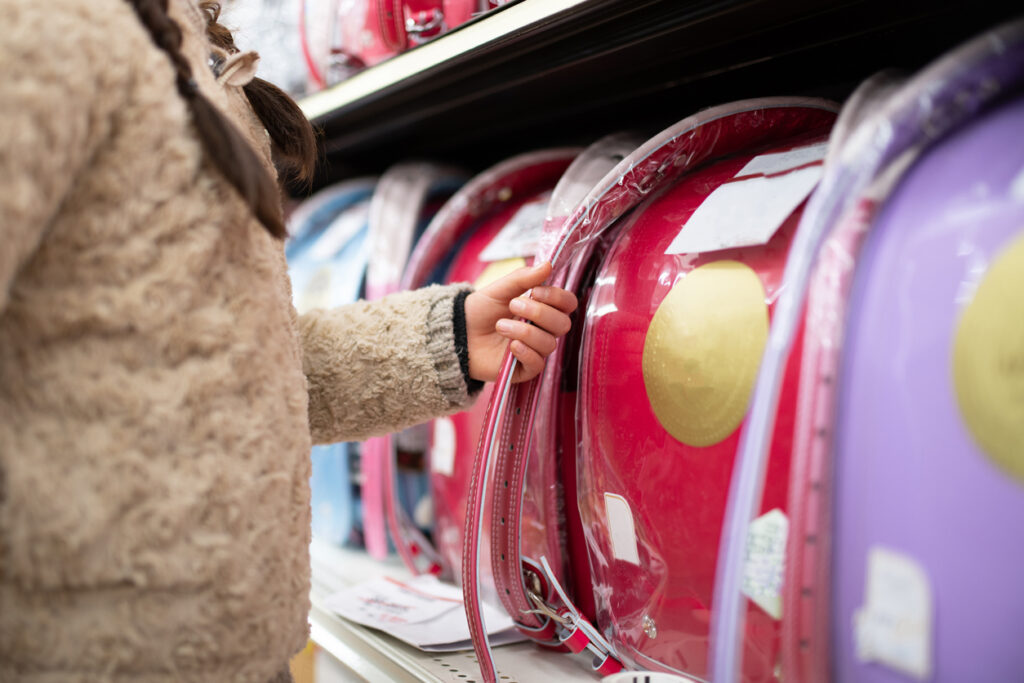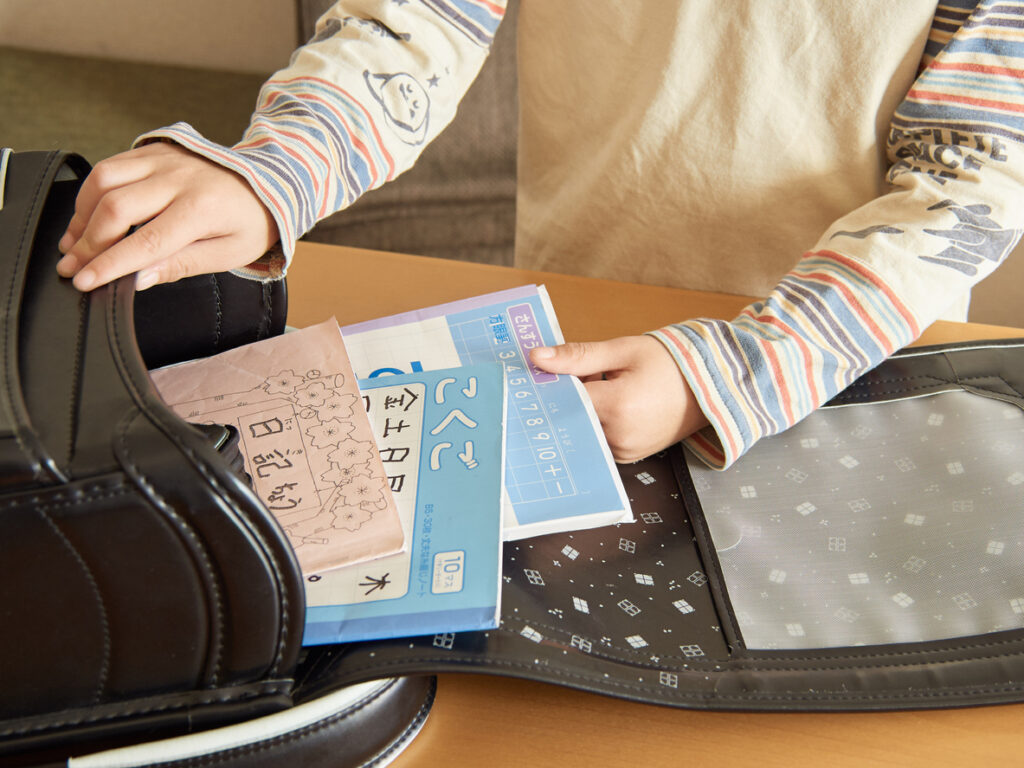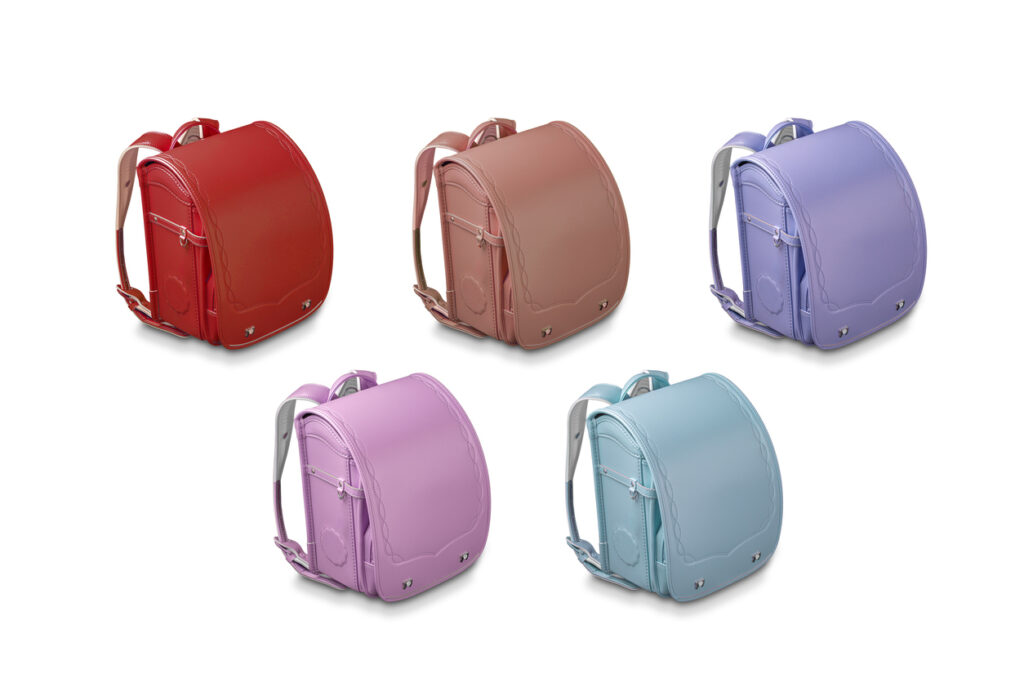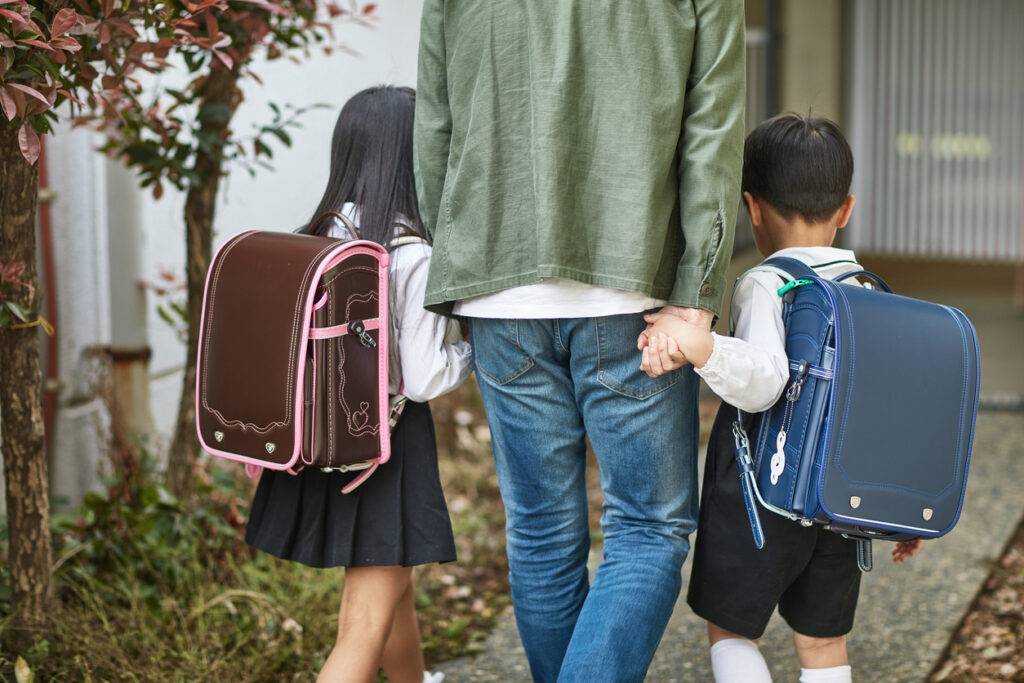Buying Randoseru: Japanese Elementary School Bag Guide
What to look for when buying your first elementary school bag in Japan
Japan’s traditional square backpacks will be your first grader’s perhaps most prized possession. Read on for a guide that tells you what to look for—and look out for—when making this important purchase!
Randoseru, from the German and Dutch words meaning backpack, has been a prominent feature of Japanese elementary school life since the post-war period. Its history, however, began in the late Edo period when randoseru-like leather bags began being used by the modernizing Japanese military. The first student to use a randoseru was Japan’s crown prince who in 1887 was given a randoseru upon entering primary school to honor Japan’s soldiers. While these bags remained too expensive for the average person during the early twentieth century, with Japan’s dramatic economic rise following World War II, randoseru use spread to students across the country.
 © Photo by iStock: Hakase_
© Photo by iStock: Hakase_Nowadays, randoseru are usually made in Japan and constructed out of leather or synthetic leather which reduces the cost and weight of the bags. They are meant to be sturdy and last your little one the entire six years of their elementary education. While traditional colors of red for girls and black for boys are mandated for some (often private) schools, many educational institutions allow families to choose whatever color, brand and material they want.
Randoseru are sold by department stores, specialty leather stores, randoseru-specific stores and even chains, such as Nitori and Aeon. Depending on your preferences and budget, there are a variety of factors to consider when purchasing one of these bags.
Price
Randoseru range in price between ¥10,000 to ¥100,000 (usually for luxury versions). It’s a good idea to set your budget so that you can zero in on the bag market of your choice. Also, have no fear because at all of the price points, there are many styles and colors to choose from. A last note about money: traditionally, many grandparents in Japan buy randoseru as elementary entrance presents for their grandchildren.
Material
 © Photo by iStock: mapo
© Photo by iStock: mapoLeather or synthetic leather. There are debates about this, but the arguments are generally about durability versus weight. Leather is considered to be more durable, while synthetic leather is lighter and easier for young children to carry. How you deal with these concerns depends on your family situation. Maybe heaviness matters more when your child’s walking commute is longer, for instance.
Fit
In Japan, children are expected to cart their own textbooks back and forth from school every day on foot. For this reason, it is often recommended to have them try the randoseru in person rather than merely ordering it from a catalog or online. You can judge the padding, positioning of the straps, shape and support structure better on your kid’s back than you can from reading advertising copy. So fit is an essential consideration for a purchase that will be almost inseparable from your child every day for six years.
Color
 © Photo by iStock: flyingv43
© Photo by iStock: flyingv43While red and black are traditional, many students enjoy choosing the color of their bag to express their personality. If you are worried about your child fitting in, it’s not a bad idea to scout out their future school and see what bags the students are carrying. A cross-Japan survey suggests that in 2021, purple was the most popular color for girls followed by red, pink and light blue, and for boys, black reigned supreme, followed by navy, blue and green. Remember to also think about how the color is likely to wear over time as pastels may show grime more than a darker color while scuff marks are more visible on darker colors.
Aging-Up
Not all colors and styles of bags may age well. So you will want to consider whether the bag you’re buying is suitable for a 6-year-old as well as a 12-year-old. Color, for example, even though a younger child may want a bright, baby-pink bag, perhaps their older self would not appreciate it. Also, a bag with a simple design rather than a trendy or overly bejeweled one may transition more seamlessly.
Accessories
When considering this purchase, be advised that accessories, like matching textbook bags or lunch bags and accompaniments, like a rain cover, are often not included in the listed price and have to be ordered and paid for separately. This can affect your budget for the bag itself so make sure to check out everything you will need before committing to a price point for the randoseru itself.
Timeline
 © Photo by iStock: xavierarnau
© Photo by iStock: xavierarnauWhen you should purchase a randoseru is up for debate. While you certainly can find ones available just before your child will start in April, be advised that the order catalogs are out over a year in advance (think February of the year before their entrance ceremony!). Popular colors and brands can sell out faster than you think so aim to at least start checking in the spring and summer before.
Above all, the randoseru that you choose will be your little one’s partner for six years! While we as parents certainly have our own ideas about which color and style are best, it is also a chance for your budding ichinensei (first grader) to make those own choices and walk into their new school with a bag that they love.
Good luck and happy start to the new school year!












Leave a Reply